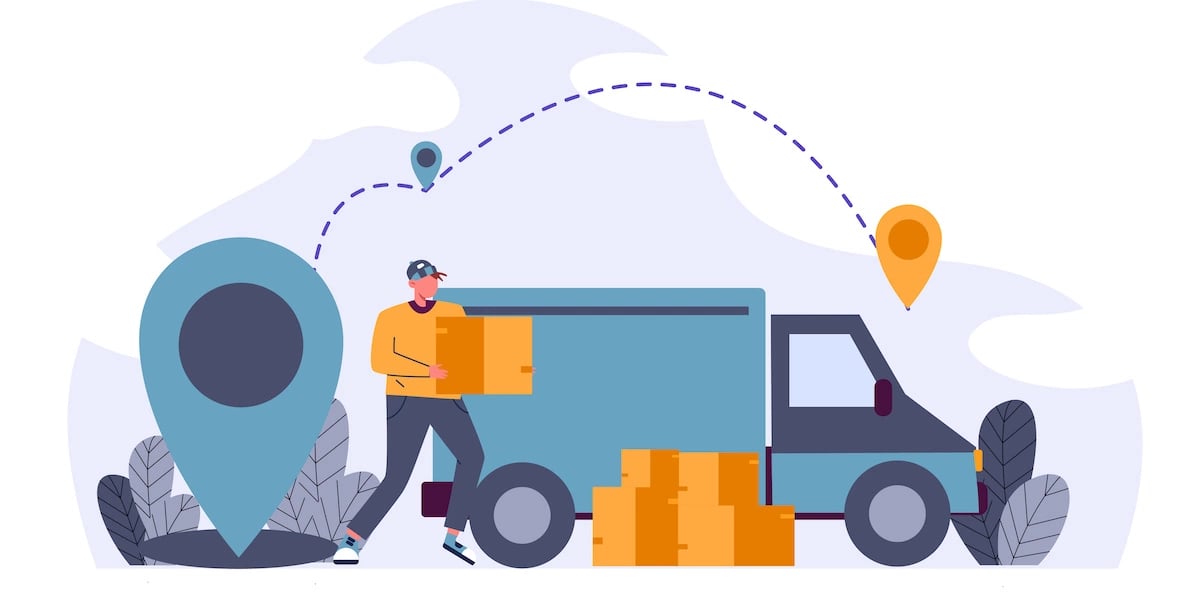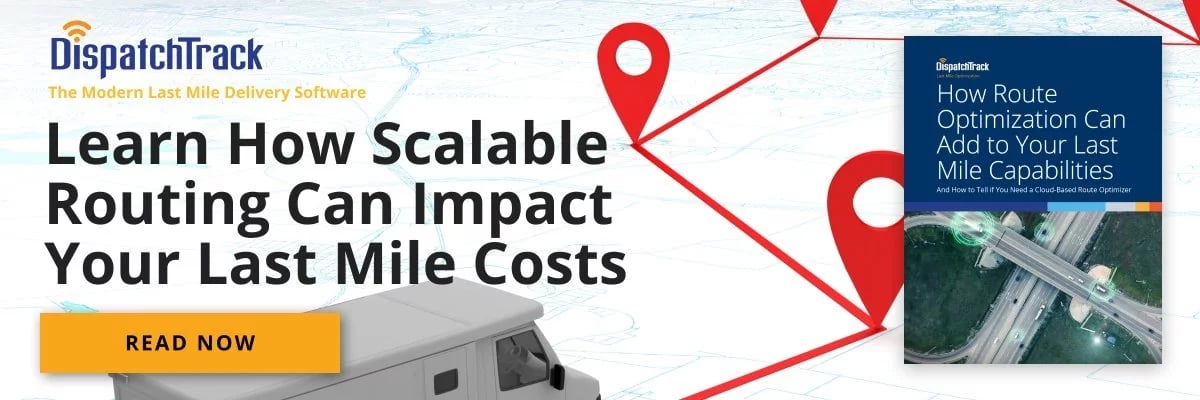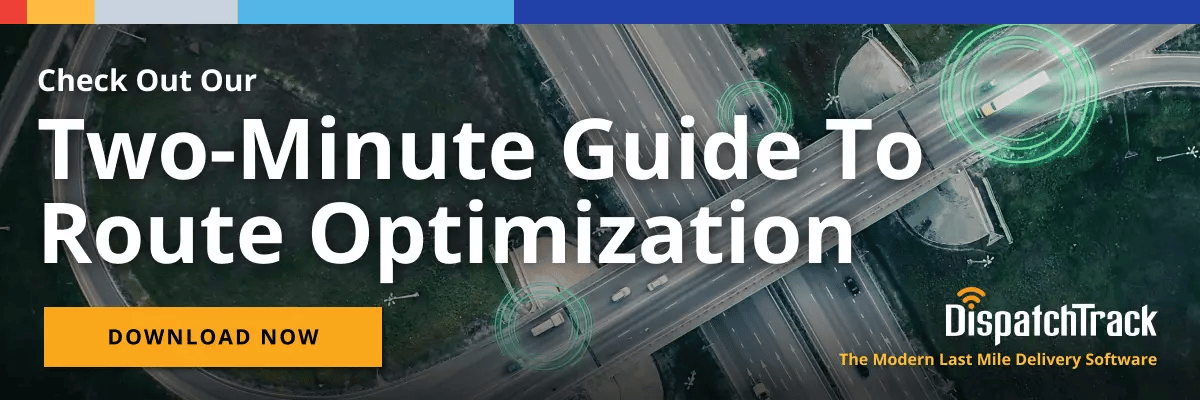The transportation industry has long been plagued by a shortage of truck drivers. But an ongoing pandemic that disrupts the global supply chain, combined with the rise of e-commerce and escalating customer expectations, means that the driver shortage problem is now reaching crisis proportions. According to the American Trucking Association, there could be a shortage of 100,000 truck drivers by 2023—which makes it one of the most pressing concerns in freight transport today.

It doesn't matter which country you pick: there is simply an insufficient number of drivers to meet the demand for transportation, and the situation will remain the same for years to come. Globally, online commerce grew quickly during the COVID-19 pandemic, and it isn't expected to slow down.
A few legislative initiatives have been taken by the Federal Motor Carrier Safety Administration (FMCSA) to help alleviate the driver shortage. Thus far, however, these have largely been temporary measures, and they haven’t had an obvious impact. So it should come as no surprise that many companies are doubling down on their efforts to keep experienced drivers and enhance productivity and performance.
But what’s the best way to become more efficient, ensure customer satisfaction, and gain a competitive edge while dealing with the ongoing shortage of delivery drivers? Delivery route scheduling software could be your answer.
How Delivery Route Scheduling Software Helps
Fleet operators can alleviate the issues around the driver shortages by increasing productivity and keeping existing drivers happy. When it comes to retaining existing drivers, route optimization can play a vital role in maximizing productivity. Taking advantage of advanced delivery route scheduling software is one way organizations can empower route planners, drivers, dispatchers, and fleet managers to get more done with existing resources.
Enhancing driver efficiency
Fleet operators should look to increase the productivity of their drivers as a first step. And as it happens, optimizing delivery routes can improve driver productivity. At its core, route optimization is meant to remove excess miles from the delivery process by analyzing more delivery options in determining the optimal route and stop combination. When the process is working well, the result is that drivers drive fewer miles per delivery and complete more deliveries per day.

Businesses using classic route planning tools or manually creating route plans can see an increase in driver productivity of over 15 percent simply by reducing stop-to-stop distances with a more sophisticated route planning system. For larger companies, this could be equivalent to employing dozens of extra new drivers.
In light of the increased concern about the environment and the adverse effects of transportation, the idea of an "eco-friendly" delivery option in which the customer picks a delivery time that uses less fuel and travels fewer miles is becoming more common. This can actually have benefits for both fleet operators and customers. The customers appreciate the environmental benefit, while route planners are able to plan out deliveries more efficiently. Offering eco-friendly delivery options can help companies reduce the distance per stop by a significant margin when compared to conventional delivery methods—which has the added benefit of increasing driver productivity even further. When drivers are getting paid for completed deliveries, this can have a huge impact on their job satisfaction—not to mention the fact that you simply don’t need as many routes to get the job done.
Planning for unexpected disruptions
The best delivery plans can still fall down in unexpected situations, even for teams who understand that making good on their commitments to customers is always a priority.
Fleet efficiency will inevitably be affected by factors such as last-minute orders, unexpected order spikes, exceptions on the road, and traffic delays. This leads to distribution networks quickly losing equilibrium and failing to run efficiently or cost-effectively.
Advanced route planning and optimization tools allow companies to not only optimize today's fleet deliveries while planning the routes for the next day, but they also enable them to deal with unforeseen events such as emergency orders, tighter customer windows, and fluctuating order volumes. An advanced delivery route planner will use continuous optimization capabilities to manage multiple planning scenarios, enabling companies to make informed decisions about how to properly manage their fleet in an uncertain environment or event.
Here, it’s helpful to have delivery management software that can go beyond fast and efficient rerouting by actually connecting you to your customers. When you’re able to communicate with customers proactively about delivery exceptions, you can more easily keep your delivery routes on track and minimize the number of items that come back to the store undelivered at the end of the day.
Keeping drivers safe and reducing stress
Despite an aging truck driver population, the industry is still attracting new drivers. Naturally, retaining both veteran and younger drivers and cutting down attrition rates are crucial to addressing the driver shortage problem. One report that 70 percent of drivers who leave their companies do so within their first 12 months, largely due to stress. Though pay has a role to play as well, stress often has the most influence.
Poor route planning, mechanical issues, and unsafe working environments can make it tough for drivers to meet delivery deadlines, increasing their stress levels and making them more inclined to leave the job. It’s not uncommon for drivers to face late deliveries and other disruptions due to factors beyond their control.
The chaos and rush of the modern delivery environment, especially during traditionally busy periods, can negatively affect productivity and safety. But when your routes are efficient and your ETAs are accurate, you can set expectations with your customers that your drivers can actually meet. There’s a huge difference from the driver’s perspective between running behind the entire day and consistently delivering on-time, even though ensuring on-time deliveries is really the job of the route planner assigning the ETAs. When your ETAs are spot-on, driver stress is just lower.
The driver shortage problem cannot be solved overnight. Although fleet operators should continually seek to recruit new drivers, they should also make existing employees more productive so they’re more inclined to stay with your company. That’s why implementing delivery route scheduling software is such an effective strategy for boosting efficiency and mitigating the effects of the driver shortage.
